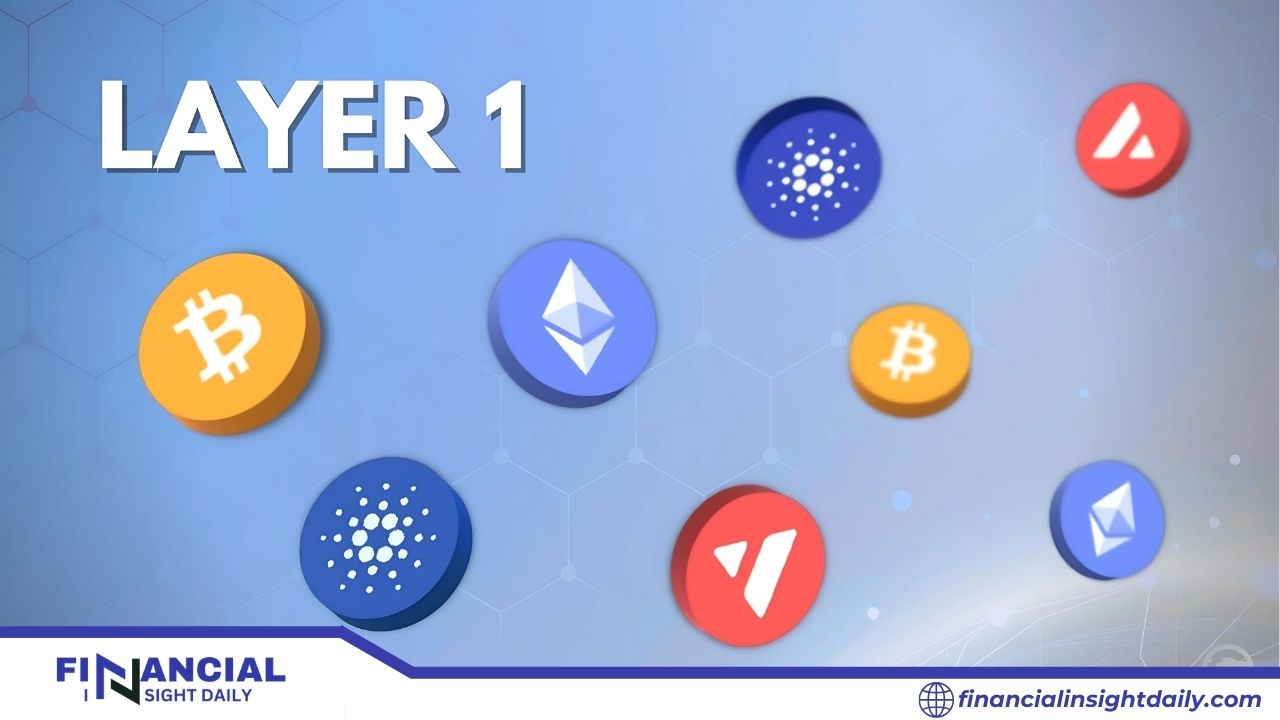The blockchain landscape is constantly evolving, with Layer 1 protocols playing a crucial role in shaping its future. As we move into 2024, the potential Layer 1 blockchain 2024 is a hot topic of discussion among industry experts and investors alike. This article delves into the intricacies of Layer 1 blockchains, examining their current state, emerging trends, and the factors that will determine their success in the coming year.

Understanding Layer 1 Blockchains
Layer 1 blockchains are the foundational architectures that underpin the entire blockchain ecosystem. They handle core functions like transaction validation, consensus mechanisms, and data storage. Examples include Bitcoin, Ethereum, and Solana. These base layers are crucial for security, decentralization, and scalability.
Key Characteristics of Layer 1s
- Base Layer Functionality: They are the foundation upon which other layers (like Layer 2 solutions) are built.
- Consensus Mechanisms: They employ various consensus algorithms (e.g., Proof-of-Work, Proof-of-Stake) to validate transactions.
- Security and Decentralization: Layer 1s prioritize security and decentralization, ensuring the integrity and immutability of the blockchain.
The Challenges Facing Layer 1 Blockchains

Despite their importance, Layer 1s face several challenges that hinder their widespread adoption:
- Scalability Bottlenecks: One of the most significant challenges is scalability. Many Layer 1s struggle to process a large volume of transactions quickly, leading to network congestion and high fees.
- Interoperability Issues: Different Layer 1 blockchains often operate in silos, making it difficult to transfer assets and data between them. This lack of interoperability limits the overall efficiency of the blockchain ecosystem.
- Security Concerns: While blockchain technology is inherently secure, vulnerabilities can still exist at the Layer 1 level. Ensuring robust security is crucial to prevent attacks and maintain user trust.
Emerging Trends in Layer 1 Development
Several exciting trends are shaping the future of Layer 1 blockchains:
The Rise of Modular Blockchains
Modular blockchains are designed to address scalability issues by separating different functions (e.g., execution, consensus, data availability) into separate layers. This modular approach allows for greater flexibility and efficiency.

Focus on Interoperability Solutions
Projects are increasingly focusing on developing interoperability solutions, such as bridges and cross-chain protocols, to enable seamless communication between different Layer 1s.
Advancements in Consensus Mechanisms
New consensus mechanisms are being explored to improve scalability, energy efficiency, and security. Examples include variations of Proof-of-Stake and delegated Proof-of-Stake.
Potential Layer 1 Blockchain 2024: Key Factors for Success
As we look towards 2024, several factors will play a crucial role in determining the success of potential Layer 1 blockchain 2024:
- Technological Innovation: Blockchains that can effectively address scalability, interoperability, and security challenges will have a significant advantage.
- Developer Adoption: A thriving developer community is essential for building applications and expanding the ecosystem.
- Community Support: Strong community support and engagement can drive adoption and growth.
- Regulatory Landscape: The evolving regulatory landscape will impact the development and adoption of Layer 1 blockchains.
Spotlight on Promising Layer 1 Projects
Several projects are showing great promise in the Layer 1 space:
- Ethereum 2.0: With its transition to Proof-of-Stake and the implementation of sharding, Ethereum 2.0 aims to address scalability and improve the network’s overall performance.
- Solana: Solana’s high-throughput architecture and innovative consensus mechanism have made it a popular choice for decentralized applications (dApps).
- Avalanche: Avalanche’s unique subnet architecture allows for the creation of customized blockchains with specific features and requirements.
- Aptos and Sui: These newer blockchains, built with the Move programming language, are designed for high performance and scalability. They are strong contenders in the race for potential Layer 1 blockchain 2024.

The Future of Layer 1 Blockchains
The future of Layer 1 blockchains is bright, with ongoing innovation and development paving the way for greater scalability, interoperability, and adoption. As the blockchain ecosystem matures, Layer 1s will continue to play a pivotal role in shaping the future of decentralized technologies.
Embracing the Potential Layer 1 Blockchain 2024
The year 2024 holds immense potential for the Layer 1 blockchain space. As technology advances and the industry matures, we can expect to see significant developments in scalability, interoperability, and security. The potential Layer 1 blockchain 2024 will be those that can effectively address current challenges and capitalize on emerging trends. These blockchains will not only drive innovation within the crypto space but also unlock new possibilities for various industries beyond.
Stay updated on the latest developments in the blockchain world by following Financial Insight Daily. Visit our website for in-depth analysis, expert insights, and breaking news.
